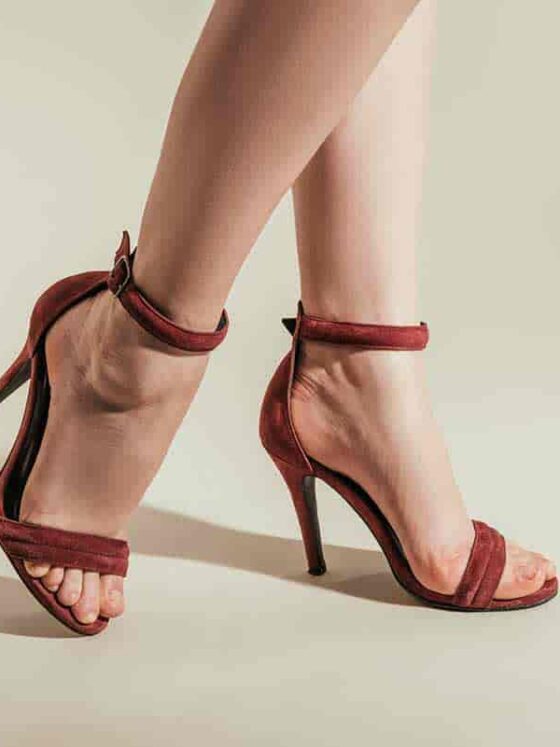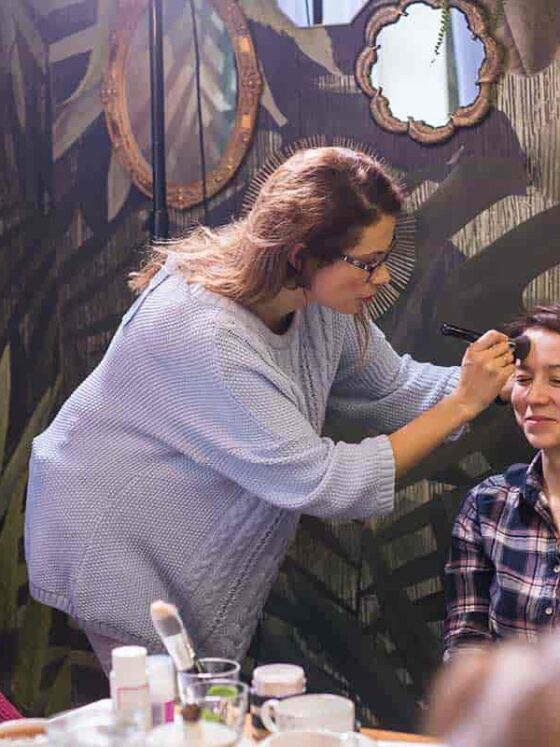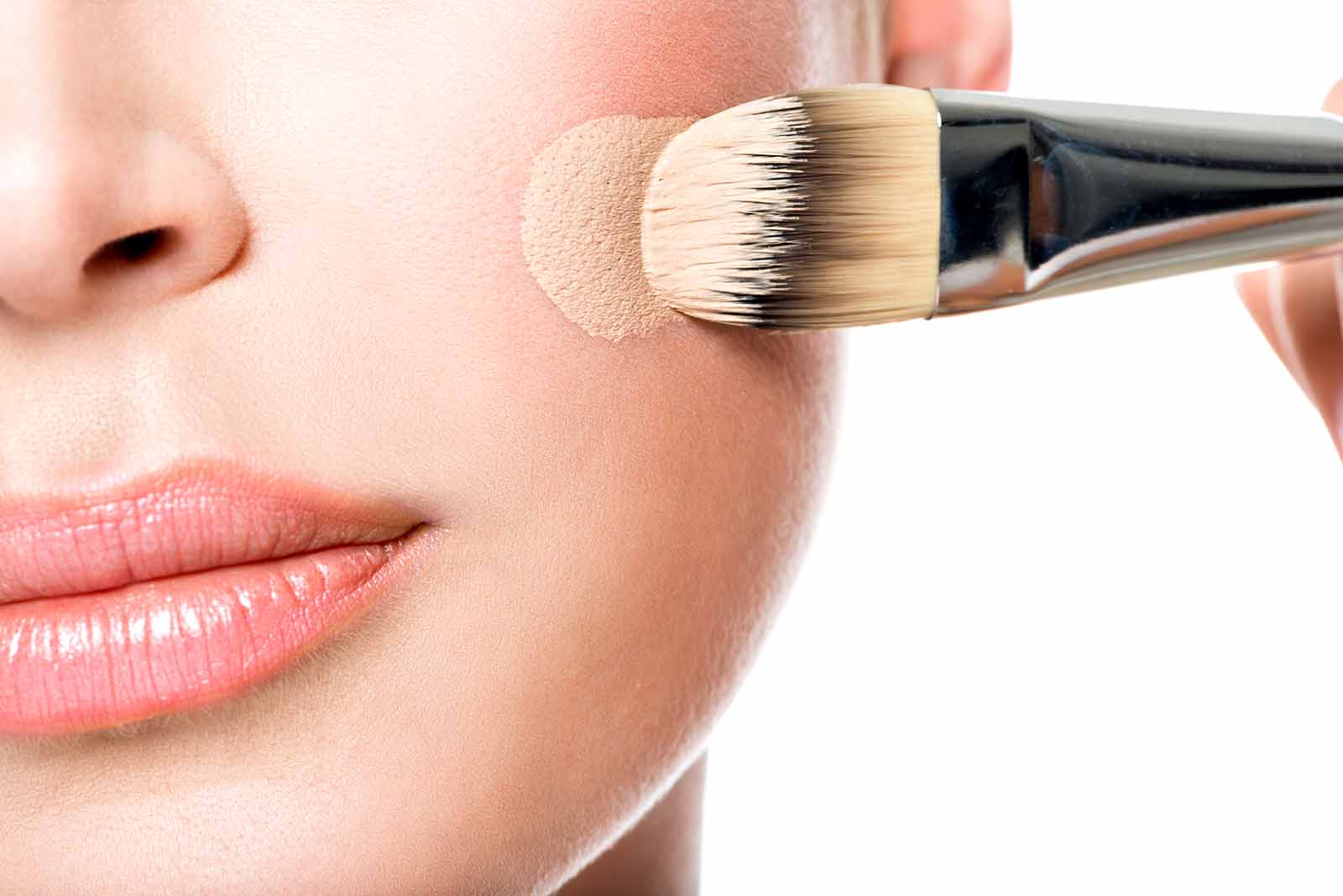The 7 Best Heat Protectant Oils for Hair

The unfortunate fact of the matter is that heat styling hair is going to damage it. What happens is that it evaporates the moisture within the strands which can cause cracks and ruptures to form, leaving hair frizzy, dried out, dull, and straw-like. The more heat styling that happens, the more likely it is to damage to the point of non-reversal. Therefore, applying a heat protectant is essential to helping reduce the damage done to the hair while heat styling.
The 7 best heat protectant oils for hair are:
- Almond oil
- Argan oil
- Avocado oil
- Coconut oil
- Grapeseed oil
- Shea Butter
- Sunflower oil
There are many factors in picking the right oil. The smoke point needs to be considered, as does the type and texture of the hair it is being applied to. Finding an oil that also helps rejuvenate hair is a great plus, especially if it also helps the surrounding scalp, skin, and general health of whoever is using it. Read more to find out about using oils as heat protectants.
Can You Use Oil as Heat Protectant?
It is essential to have some form of heat protectant when styling hair with any tool that produces heat, otherwise it can cause major damage to the hair. After a certain point, this can make hair brittle, dry, and take away its natural shine. Oils can be used as a heat protectant for styling in a pinch, though some specialists recommend against it.
For the most part, it comes down to understanding the different properties of one’s own hair and the oil they are considering using:
| Reasons to Use Oils as Heat Protectants | Reasons Not to Use Oils as Heat Protectants |
|---|---|
| ● Typically, they are more cost effective | ● Can create drag that slows down the styling tool |
| ● It is more of a natural solution | ● Often weighs down thinner, finer hair |
| ● Probably already laying around the house | ● Makes certain textures/colors appear greasy |
| ● Doesn’t cause as much residue and buildup | ● Lower smoke points can cause harmful toxins |
The smoke point of an oil is the first piece to consider. A smoke point is the temperature in which oil begins to smoke, discolor, and decompose. If an oil is heated to its smoke point, fats (including oils) are believed to produce free radicals and acrolein, while also producing ignitable gasses. Setting a styling tool well below this point is essential, with thin, fine hair requiring even cooler temperatures.
The problem is that most styling tools start out at a temperature of 360°F so be sure to keep that in mind if a particular tool doesn’t state anywhere what temperature settings it has.
After that, it’s important to consider what type of hair it’s being applied to, as that will help narrow down the search. A professional stylist can help determine someone’s hair type and density if it’s not already known. Thin, fine hair has different requirements from thick, coarse hair and thus needs to be treated differently.
Not to mention, color-treated hair is going to be already damaged on top of the damage it receives from heat treatments, so it needs to be handled differently and protected more than virgin hair.
Which Oil is Best for Heat Protectant?
Which oil is best to use for a heat protectant depends on hair type and what the desired effects are. Some are heavier and will weigh hair down, which isn’t something someone with fine hair should go for, but is great for controlling frizz on thicker, bouncier hair. Some oils also bring out a natural shine which can make certain hair colors and textures look greasy or bring out a natural shine that has been lost due to time, coloring, or was never there to begin with.
Thinner, finer hair needs to have products that are lightweight and won’t need a lot of fussing otherwise it’s going to weigh it down making it look flat and greasy. The good news is that these types of hair also can handle lower temperatures when styling, which helps reduce the damage from heat.
Thicker, coarser hair needs to have good, strong oils with high smoke points to stand up to the much hotter temperatures required to style the hair. The good news is that these types of hair really benefit and can handle heavier oils with some of the best properties, and really benefit from the added shine most oils produce.
Hair that has been color treated benefits greatly from having oils that help strengthen and fortify it, as the coloring process also additionally damages the hair.
Longer hair also is going to need more consideration than shorter hair, as some oils are so heavy that more than a few drops at a time will have it all looking greasy and flat instead of soft and voluptuous.
If you don’t like the consistency of oil on your hair or you would like to explore other options, check out the pros. and cons. of heat protectant creams vs. spray.
The 7 Best Heat Protectant Oils for Hair
Picking out an oil to use as a heat protectant really depends on a few factors, with the most important being the smoke point. Just be sure to do a sample test with the oil before using it in the event there are allergies. Here are some of the best recommendations for heat protectant oils and their benefits.
Almond Oil
Smoke Point: 430°F
Almond oil has a higher smoke point than a lot of oils while also containing vitamins A, B1, B2, B6, D, and E which both help to protect hair and help it grow stronger and stay healthier. It also absorbs extremely quickly into the hair, meaning it is even a great choice for fine hair unlike many other heavier oils. Cold pressed almond oil is typically recommended, and only requires 2-5 drops depending on hair density and length.
Argan Oil
Smoke Point: 450°F
Argan oil is an extremely light oil that helps give a soft, silky look with a shiny finish to hair that’s been treated with. Many commercial products are also infused with argan oil due to its amazing properties. It is rich in Omega-3 fatty acids, Omega-6 fatty acids, and vitamin E. Since it is lightweight, it is great for thinner, finer hair or to add extra shine to duller, thicker hair.
Avocado Oil
Smoke Point: 520°F
Avocado oil has an insanely high smoke point which makes it ideal for many heat protectants. It is such a good oil at protecting from heat that it also helps protect hair from damaging UVA and UVB rays from sunlight, much like a natural sunscreen that doesn’t make hair look gross if put into it. It’s great for color treated or graying hair and most hair types, lengths, and densities. However, it isn’t great at softening up the hair and would need to be mixed with something else if that’s the goal.
Coconut Oil
Smoke Point: 350°F
Coconut oil is one of those natural products that gets into everything due to its fantastic properties. There’s little it can’t do, and that includes being used as a heat protectant. However, it has a low smoke point and tends to make hair oily and heavy, so keep that in mind. It does work wonders as a deep conditioning treatment though, giving an added layer of benefit in conjunction with other products. The bonus though is that it helps repair existing damage to the hair and helps to seal it, much like many commercial products on the market. It leaves hair feeling extremely soft and smooths out frizz.
Grapeseed Oil
Smoke Point: 420°F
Grape seed oil has a high smoke point, making it great for thick and coarse hair. It’s also high in Vitamin E, which makes it excellent for scalp health. It’s a bit heavy though, so finer, thinner hair should steer clear of it otherwise it can really weigh it down and make it look flat. It also can create a very oily, shiny finish if too much is used, so keep it down to only a few drops at a time.
Shea Butter
Smoke Point: 420°F
Shea Butter has a high smoke point and is known to help add moisture to hair and create a heat-resistant layer over hair that is just as effective as commercial products, many of which actually include Shea Butter in their ingredients due to this. The bonus is that Shea Butter is also great for the skin, so it helps moisturize various forms of dandruff and dermatitis as well.
Sunflower Oil
Smoke Point: 440°F
Sunflower oil is another heavy oil with a high smoke point that is great for thick, coarse hair. It’s high in vitamin E, antioxidants, and essential fatty acids which also give it conditioning properties unlike many other oils and products. It has a thermal conductivity that acts the same as silicone, making it a completely viable replacement for commercial products.
What is the Best Natural Heat Protectant for Hair?
Picking out an oil that is the best is entirely subjective and really relies on the needs, wants, texture, density, and length of the hair in question.
People who have thick or coarse hair require heavier oils with a high smoke point in order to actually tame their tresses, while someone with thin or fine hair needs something lightweight that they can style with cooler temperatures.
No matter what, looking into an oil that does more than just protect from heat is going to be important when deciding which is best. Oils that help rejuvenate and condition hair will help slow damaging effects from heat styling much better than those that don’t. Not to mention, many oils are made out of things that are common allergies, such as tree nuts and that must be taken into consideration as well.
There are also some over-the-counter heat protectant creams for hair that you could use to the same benefit. If you prefect a different texture to be applied to your hair visit this article!
Conclusion
There are many oils out there to choose from when looking for a natural heat protectant for styling hair. Some are better at taming thick, wild tresses while others are lightweight and result in a soft, silky look. When it’s all said and done though, it matters mostly what the smoke point is of the oil, what the needs and wants of someone is when styling their hair, as well as what the oils can do for it.
If you ran out of your heat protectant and what to curl your short hair without heat visit this article to learn how!









